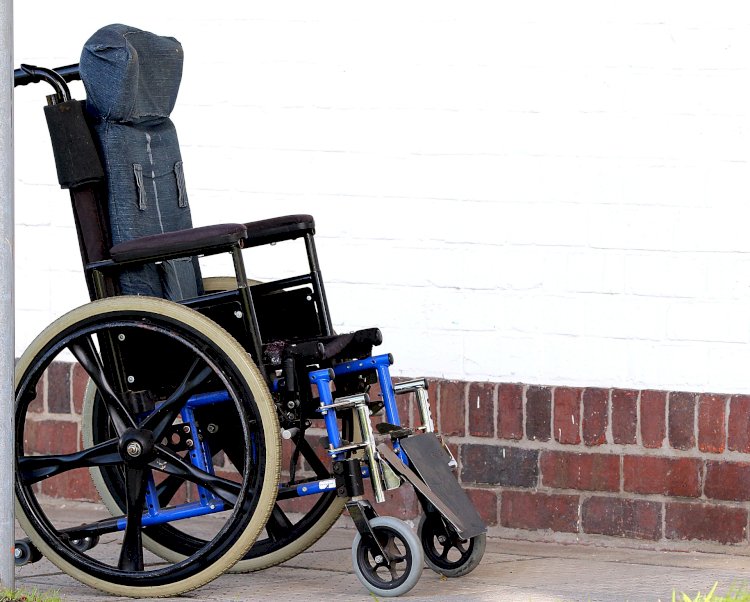Is your Home or Building Accessible to Wheelchair Users?
Accidents happen and people find themselves, their family members, or friends in wheelchairs. For others, illness can restrict them to the wheelchair. Most buildings are accessible to wheelchair users but in some homes, those in wheelchairs go through the embarrassment of being carried up inside, or worse, they are locked out.

Key Features to Consider When Making a Wheelchair-Friendly House
If the disability is a permanent one, one will have to implement drastic changes. From the bedroom, the kitchen to particularly everywhere else. But for the basic implementations, here are some of the things you need to take note of when making your home wheelchair-friendly.
The Entrance
Wheelchair users cannot get further into your home if they can’t get in. The entrance should have a ramp, especially if the door is higher up the ground. You can improvise a ramp with strong wood, make one using concrete and cement or even buy the portable ramps.
The doors should be wide enough for the wheelchairs to pass through. Doors should also be easy to open and the doorbell and doorknob should not be too high.
Corridors
These should also be wide enough, and they should be free of obstacles and barriers. The furniture in all the main rooms should be arranged accordingly to provide enough space for the wheelchair. The carpets should not cause a distraction. One may consider having the floor to floor carpets.
Bathroom
For this, if you can provide a bathtub, it can be a good alternative to the shower. If not, you can incorporate a stretchable shower hose. This way movement is limited and one can shower at the same spot. If this is not possible, one can come up with a bathing seat, say a stool that is of appropriate height. Toiletries should be within reach, and this also applies to toilet paper.
Homeowners should opt for a non-slippery floor, and handrails should be placed at suitable places. Slippery floors can cause bad accidents in the bathroom for anyone, for wheelchair users, it’s even more dangerous since they may not be stable enough.
Toilet
Toilet seats should be a bit thicker and they should be higher; at the same level as the wheelchair. Handrails should be placed at opposite sides of the toilet, and the sink and mirror should agree with the wheelchair-seat length.
Both the toilet and bathroom and toilet should be spacious for movement. In large buildings, signs should be provided to show the way.
With these considerations, those using wheelchairs will be accommodated and they will not be uncomfortable in your home. But consult an expert before building or when reconstructing your home for more insights.

































